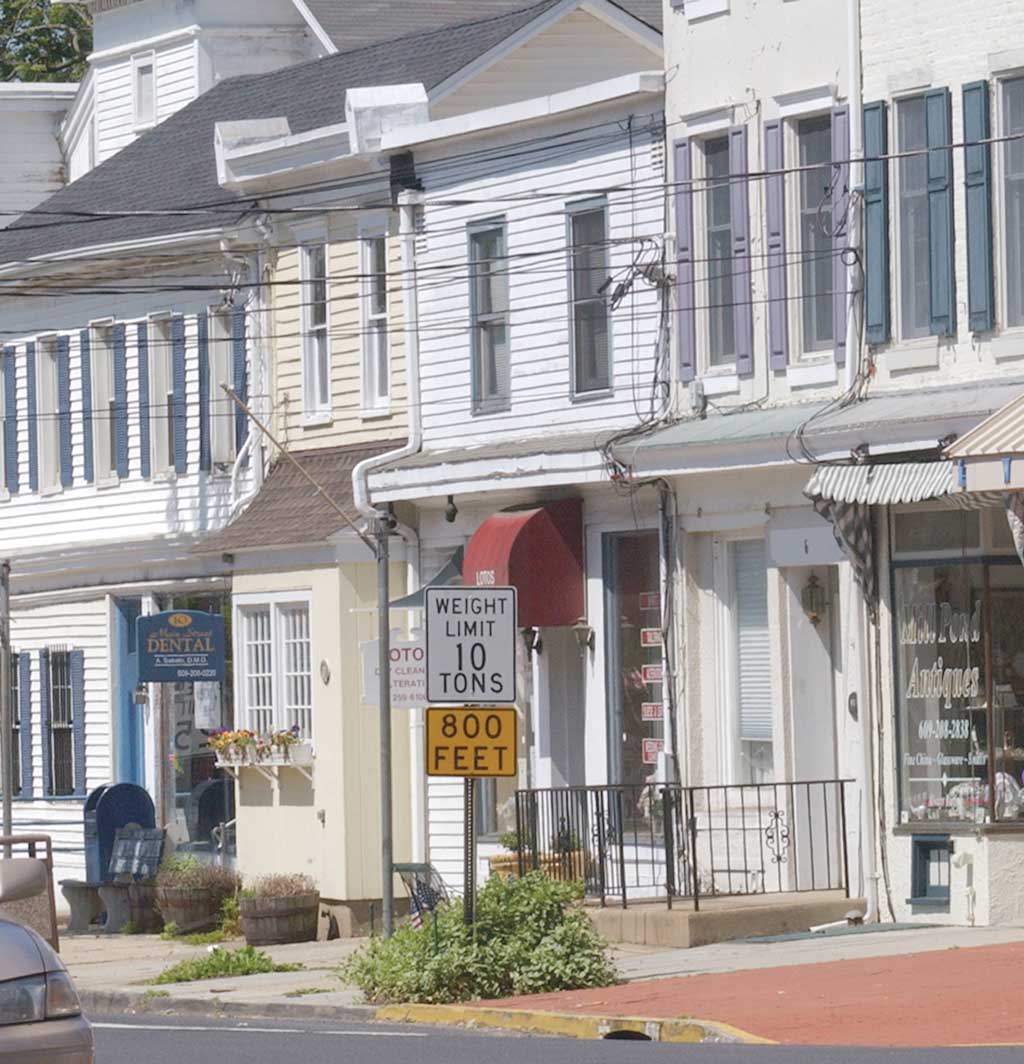By Mark Rosman
Staff Writer
ALLENTOWN – A looming $530 increase in school taxes that the owner of a home assessed at the borough average will pay in 2016-17 has led members of the Borough Council to opt out of the Monmouth County Assessment Demonstration Program.
The program is an initiative that seeks to assess a property at its fair market value to ensure the owner pays his fair share of property taxes on an annual basis, county officials have said. A home’s market value is determined every year.
The Assessment Demonstration Program replaces a program that had property assessments set when a municipality underwent a complete revaluation every decade. As the market changed over the course of 10 years and a property’s assessment remained the same, the result was an unequal tax burden among property owners, county officials have said.
Allentown officials want to return to the previous way assessments were conducted – once every 10 years – because they believe figures used by Upper Freehold Regional School District administrators to develop the 2016-17 budget were “directly impacted by the assessments made in Allentown due to the Assessment Demonstration Program because the window of acceptable sales used in the sampling period was reduced from two years to six months,” according to the resolution passed by the council.
Council President Wil Borkowski and council members Robert Strovinsky, Angela Anthony, Madeline Gavin and Robert Schmitt Jr. voted to opt out of the program. Councilwoman Johnna Stinemire was absent from the May 10 meeting.
Out of more than a dozen property sales that occurred in Allentown between Jan. 1, 2015 and June 30, 2015, state taxation officials used three home sales to come up with a net equalized value for the borough. That calculation moved Allentown’s share (apportionment rate) of the school district’s total tax levy from 13.04 percent to 14.26 percent, Mayor Greg Westfall has said.
He said the 1.22 percent increase will translate into an increase of about $530 in school property taxes, effective with the August tax bill. This represents an increase of 10.9 percent for the average assessed Allentown property, Westfall has said.
Borkowski said the council followed a resolution that was passed by the Monmouth County Tax Board in late 2015 which gave municipalities the ability to opt out of the Assessment Demonstration Program.
However, the tax board has yet to receive approval of changes that have been made to the program – including the opt-out option – from the State Assessment Demonstration Program Monmouth County Steering Committee.
The Upper Freehold Regional School District Board of Education has adopted a $41.07 million budget for the 2016-17 school year, according to district administrators. The budget will be supported by the collection of $25.19 million in taxes from residential and commercial property owners in Upper Freehold Township ($21.6 million) and Allentown ($3.59 million).
“The government would shut down an industry if it used the same small sample that the government used to determine our share of the school tax levy, but (the methodology) is legal and has been protected by the courts,” Borkowski said on May 12. “We have tried on a local level to get some answers and we have not received an answer (from the Division of Taxation). Now we are reaching out to our state Assembly members and state senator …
“We entered the Assessment Demonstration Program to smooth things out and this (increase in school taxes) is what was produced from using the system. We want to explain our situation and why we are opting out. We see errors being made and not corrected. We are locked in and we were told, ‘We (the state) applied the rules fairly,’ ” Borkowski said.
The resolution passed by the council which announces its intention to return to the previous assessment system acknowledges the following points:
• By removing annual reassessments there is a return to the mandatory use of the “Chapter 123 corridor of value” that prevented taxpayers from receiving appeal reduction if the assessment was within 15 percent of the market value;
• By returning to the static assessments in the old system, taxpayers may grossly overpay or underpay their fair share of the tax levy for years;
• By returning to traditional revaluations, taxpayers will pay greater costs;
• The transparency of annually maintaining true market value through the Assessment Demonstration Program will revert to “ratio assessing” and the need for taxpayers to perform calculations to understand their implied market value.

